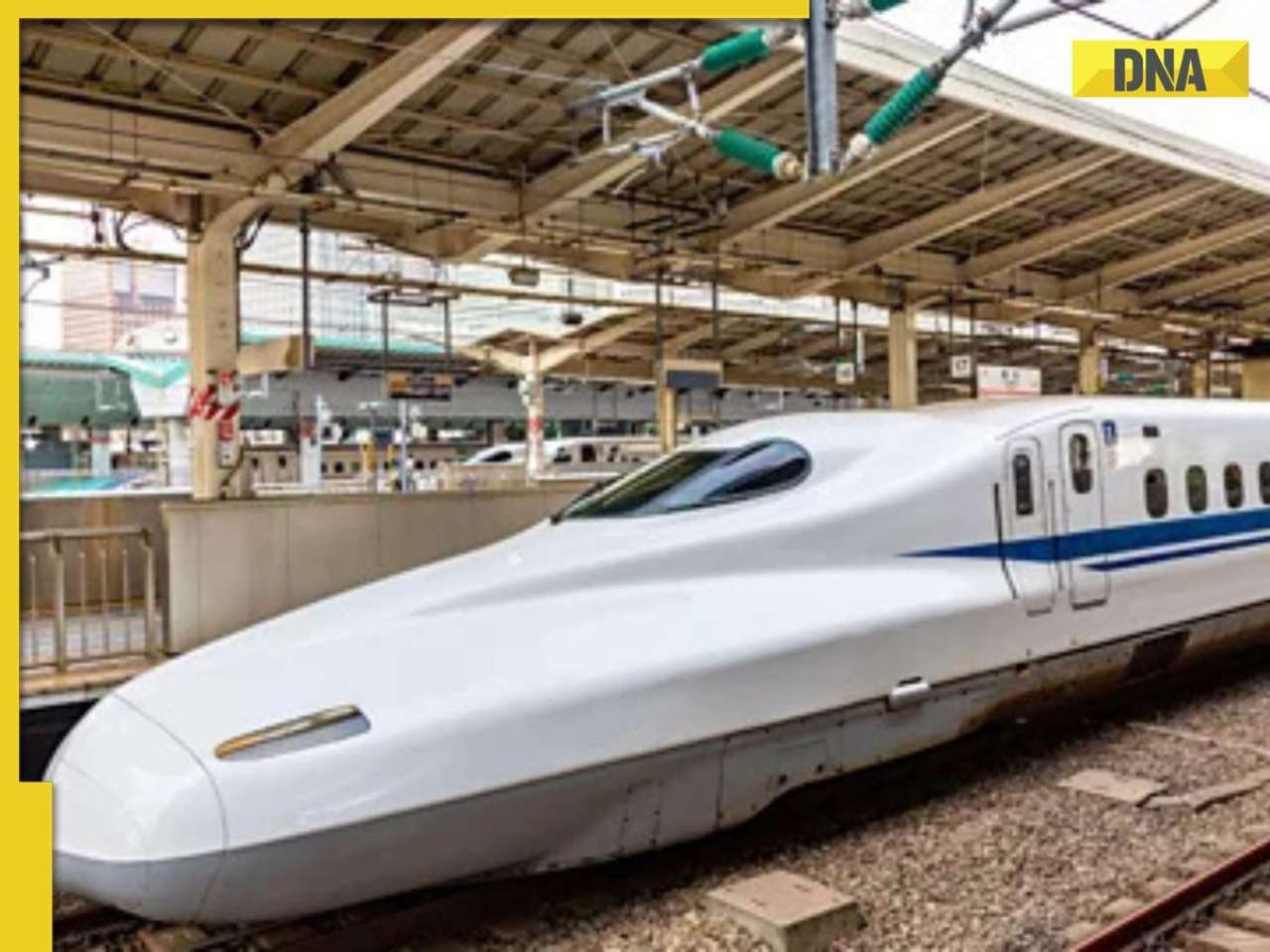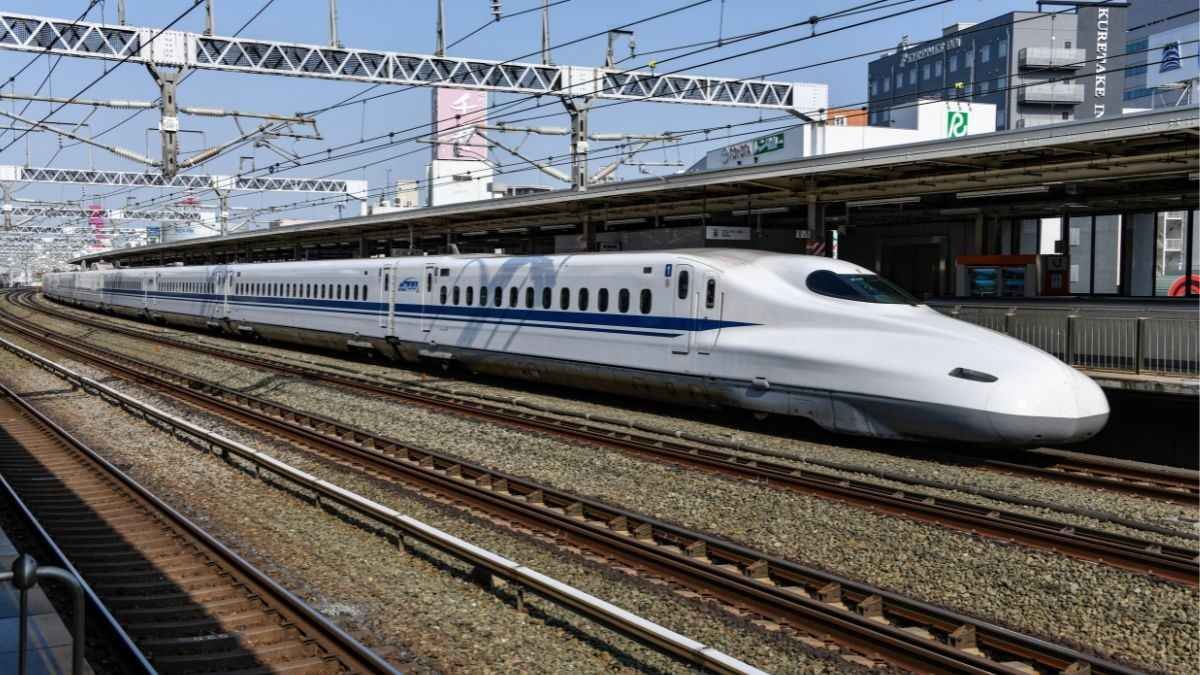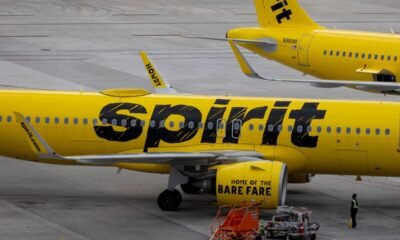Travel Guides & Articles
Improving air travel safety in India

Sujata Gautam
&
Madhurjya Saikia
(madhurjyatu15@gmail.com)
“When human life and dignity are at stake, there can be no compromise.”
In an age when aviation is considered one of the safest modes of travel, incidents of catastrophic plane crashes are a grim reminder that safety in the skies can never be taken for granted. On June 12, 2025, Air India Flight AI171, a Boeing 787-8 Dreamliner operating from Ahmedabad to London Gatwick, crashed shortly after takeoff, killing more than 240 people. This tragic incident, the first fatal crash involving a Dreamliner, has shaken public confidence and placed global aviation safety once again under intense scrutiny. According to early reports, the aircraft managed to climb only to an altitude of about 625 feet before losing control and descending rapidly. The flight crew issued a mayday call just seconds before the aircraft plunged into a college hostel near the airport. The crash site revealed scenes of utter devastation, with the wreckage spread across a wide radius and only one person reported to have survived. The loss of lives, combined with the advanced technology of the aircraft involved, has led many to ask: How could this happen?
Aviation safety is built on a foundation of strict regulations, rigorous training, and continual technological innovation. Yet, the margin for error in commercial flight, especially during takeoff and landing, is razor-thin. These are the most critical phases of flight, accounting for nearly 75% of aviation accidents worldwide. Despite the industry’s efforts to minimise risks through automation, advanced navigation systems, and multi-layered fail-safes, unexpected failures or human errors can still lead to catastrophic consequences.
The Air India crash serves as a painful reminder that the chain of safety can break anywhere, mechanically, operationally, or procedurally. Investigators from India’s Aircraft Accident Investigation Bureau (AAIB), along with representatives from the U.S. National Transportation Safety Board (NTSB), the Federal Aviation Administration (FAA), and Boeing, have begun combing through flight data recorders and cockpit voice recordings to understand what went wrong. Maintenance records, crew rosters, pre-flight checklists, and fuel logs will also be crucial in reconstructing the sequence of events. Investigations of this scale typically take months, and while initial speculation points to either engine trouble or aerodynamic failure, definitive answers will only come after thorough analysis.
Flight AI171 was operated by a Boeing 787-8 Dreamliner, a next-generation aircraft designed with composite materials and sophisticated avionics to reduce pilot workload and enhance safety. This model has completed more than a billion passenger journeys since its introduction in 2011 without a single fatal crash until now. Boeing, already under global scrutiny for manufacturing and quality control issues related to other aircraft models, is likely to face renewed questions about safety protocols, assembly practices, and post-delivery inspections. Allegations from whistleblowers about lapses in quality control and structural issues in some Boeing aircraft had surfaced earlier, raising concerns that will now be revisited in light of this tragedy.
What’s most troubling, however, is the recurring pattern where safety concerns receive real attention only after a tragedy occurs. Why must we wait for hundreds of lives to be lost before existing flaws, ignored warnings, or overlooked vulnerabilities are finally acknowledged and addressed? This incident also highlights the broader ecosystem that supports flight safety. Maintenance crews, air traffic controllers, airline schedulers, and ground engineers all form a complex web that keeps aircraft flying safely. A lapse at any point, be it a missed warning during routine checks or fatigue in the cockpit, can have devastating consequences. With aviation recovering from the pandemic-induced slowdown, many airlines are grappling with workforce shortages, ageing fleets, and cost-cutting pressures. Ensuring that safety standards are not compromised amid operational demands is more critical than ever.
The Chicago Convention, officially known as the Convention on International Civil Aviation, established the International Civil Aviation Organisation (ICAO) and provided the groundwork for international air transportation and safety standards. ICAO is responsible for establishing worldwide guidelines concerning aviation safety, security, efficiency, and environmental sustainability. In India, ensuring aviation safety is a vital component of the rapidly expanding civil aviation industry. The country’s safety framework relies on robust regulations, infrastructure enhancements, and strict compliance with international safety norms. The Directorate General of Civil Aviation (DGCA), operating under the Ministry of Civil Aviation, is the primary regulatory authority overseeing civil aviation operations, including safety protocols, licensing procedures, and aircraft maintenance standards within India.
Since its inception as the regulatory authority, the Directorate General of Civil Aviation (DGCA) has carried out routine safety inspections and assessments. India’s National Aviation Safety Plan (NASP) is a comprehensive approach aimed at enhancing aviation safety across the country, aligning with the International Civil Aviation Organisation’s (ICAO) Global Aviation Safety Plan (GASP). This includes initiatives such as operational safety audits, the deployment of advanced ground proximity warning systems, and the development of aviation safety reporting mechanisms. Moving forward, emphasis should be placed on bolstering regulatory frameworks, conducting more frequent safety inspections of airlines, airports, and maintenance facilities to better identify and mitigate hazards, and increasing the autonomy and resources of the Aircraft Accident Investigation Bureau (AAIB) to ensure impartial and thorough investigations.
Recent aviation incidents underscore the ongoing need for rigorous safety protocols and reveal gaps in safety management that have resulted in tragic losses. It is essential to implement comprehensive Advanced Safety Management Systems (SMS) across all airlines, airports, and ground handling organizations. Additionally, strengthening regulatory oversight by ensuring DGCA’s adherence to the recommendations of ICAO’s Universal Safety Oversight Audit Program (USOAP) is crucial. Strict compliance with international safety standards, coupled with vigilant statutory and regulatory authorities, is vital to uphold safety standards effectively. Ultimately, when human life and dignity are at stake, there can be no compromise.
Travel Guides & Articles
Bullet Train in South India to connect 4 cities, including Hyderabad, Chennai; know key routes, travel time

A bullet train project has been proposed for South India, connecting Hyderabad, Chennai, Amaravati, and Bengaluru. CM N Chandrababu Naidu confirmed that a survey has been ordered. The project aligns with PM Modi’s vision to expand India’s high-speed rail network.
Bullet Train in South India to connect 4 cities, including Hyderabad, Chennai; know key routes, travel time
Andhra Pradesh CM, N Chandrababu Naidu has announced that a survey has been ordered for a bullet train project in South India, connecting four major cities. After the Mumbai-Ahmedabad bullet train project, the government is now moving forward with South India as the next big hub for high speed connectivity.
South India bullet train route
The proposed bullet train project will connect Hyderabad, Chennai, Amaravati, and Bengaluru. Andhra Pradesh CM N Chandrababu Naidu, speaking at the India Food Manufacturing Summit in Visakhapatnam, said that the survey for the project has already been ordered.
He highlighted that these four cities together represent a population of over five crore and one of the biggest markets in the world, making the project a game-changer for regional connectivity and economic growth.
ALSO READ: Mumbai-Ahmedabad Bullet Train: First photos of stations of high-speed rail REVEALED, check here
PM Modi on expanding bullet train routes
The announcement came on a day when Prime Minister Narendra Modi travelled in a bullet train in Japan alongside Japanese PM Shigeru Ishiba. During his visit, PM Modi reiterated India’s ambition to expand the high-speed rail network and stressed that the government is committed to making bullet trains a part of India’s transport revolution.
Why does the bullet train project matter?
The South India bullet train project aims to drastically cut travel time between the four metros, boost business opportunities, and create a stronger regional economy. With improved connectivity, it is expected to benefit industries, tourism, and trade across Andhra Pradesh, Tamil Nadu, Telangana, and Karnataka.
ALSO READ: PM Modi’s Japan visit: AI, semiconductors, batteries, bullet trains…how can India-Japan stop China?
Travel Guides & Articles
Good News! South India To Get A Bullet Train Connecting These 4 Major Cities, Announces Andhra CM

Good news! India is now gearing up to welcome a bullet train in South India. It will connect four major cities and serve nearly five crore people across the region. Andhra Pradesh Chief Minister Chandrababu Naidu announced this major project on Saturday during the India Food Manufacturing Summit. Here’s what we know.
A New Bullet Train Project In South India
India’s first-ever bullet train project between Mumbai and Ahmedabad is already progressing in full swing and is expected to become operational next year. But in a recent development, one more bullet train might be added to the country. As per a report by Times Now, Andhra Pradesh Chief Minister Chandrababu Naidu addressed the India Food Manufacturing Summit on Saturday. He announced that a bullet train is soon going to come to South India.
This major infrastructure project will connect Hyderabad, Chennai, Amravati and Bengaluru. Furthermore, the CM announced that road infrastructure will be upgraded to international standards. These large-scale infrastructure plans aim to transform the region into a major logistical hub.
Also Read: India’s First Bullet Train Update: Stations On Mumbai-Ahmedabad Corridor Nearing Completion
The Project Aimed To Boost Connectivity & Tourism
Reportedly, this bullet train will cater to a population of nearly five crore people across these four major South Indian cities. Chief Minister Chandrababu Naidu also added that a survey has been ordered so people can understand how logistics and transport will improve once the bullet train materialises.
The announcement comes at a significant time as India is already working on its first bullet train project. The Mumbai-Ahmedabad corridor, which spans over 500 km, will feature 12 world-class stations. With this new project announced for South India, connecting Hyderabad, Amravati, Chennai and Bengaluru, travel time between these cities is expected to be cut drastically. Moreover, the project also aims to boost trade, manufacturing and tourism. It will make commuting much easier for millions of passengers.
The South India bullet train project marks a major move in upgrading the country’s transportation system. Surveys are still underway, but if this vision comes to life, the high-speed train will seriously redefine how people travel in the South. What do you think of this initiative? Let us know.
Cover Image Courtesy: Canva Pro/ David Dibert (Representative Image)
For more such snackable content, interesting discoveries and the latest updates on food, travel and experiences in your city, download the Curly Tales App. Download HERE.
First Published: August 31, 2025 12:08 PM
Travel Guides & Articles
Thomas Cook India Partners with Queensland Tourism to Boost Travel

Elevate Your Investing Strategy:
- Take advantage of TipRanks Premium at 50% off! Unlock powerful investing tools, advanced data, and expert analyst insights to help you invest with confidence.
Thomas Cook (India) Limited ( (IN:THOMASCOOK) ) has provided an update.
Thomas Cook (India) Limited and SOTC Travel have signed a long-term strategic MOU with Queensland Tourism to boost travel from India to Queensland, Australia. This collaboration aims to enhance Queensland’s visibility and inspire year-round visitation from India by leveraging Thomas Cook India’s digital platforms and retail network. The MOU will focus on content creation, education, training programs, and joint marketing efforts, positioning Queensland as an ideal destination for various traveler segments. This initiative is expected to expand Thomas Cook’s product portfolio and showcase Queensland’s unique experiences, appealing to multi-generational families, millennials, GenZ, and MICE groups.
More about Thomas Cook (India) Limited
Thomas Cook (India) Limited is a leading omnichannel travel services company in India, offering a range of travel-related services. The company, along with its group company SOTC Travel, focuses on providing leisure, MICE (Meetings, Incentives, Conferences, and Exhibitions), B-leisure, and sports tourism services across India’s metro, mini-metro, and Tier 2 and 3 markets.
Average Trading Volume: 101,683
Technical Sentiment Signal: Buy
Current Market Cap: 83.52B INR
Learn more about THOMASCOOK stock on TipRanks’ Stock Analysis page.
-
Tools & Platforms3 weeks ago
Building Trust in Military AI Starts with Opening the Black Box – War on the Rocks
-

 Ethics & Policy1 month ago
Ethics & Policy1 month agoSDAIA Supports Saudi Arabia’s Leadership in Shaping Global AI Ethics, Policy, and Research – وكالة الأنباء السعودية
-

 Events & Conferences3 months ago
Events & Conferences3 months agoJourney to 1000 models: Scaling Instagram’s recommendation system
-

 Business2 days ago
Business2 days agoThe Guardian view on Trump and the Fed: independence is no substitute for accountability | Editorial
-

 Jobs & Careers2 months ago
Jobs & Careers2 months agoMumbai-based Perplexity Alternative Has 60k+ Users Without Funding
-

 Funding & Business2 months ago
Funding & Business2 months agoKayak and Expedia race to build AI travel agents that turn social posts into itineraries
-

 Education2 months ago
Education2 months agoVEX Robotics launches AI-powered classroom robotics system
-

 Podcasts & Talks2 months ago
Podcasts & Talks2 months agoHappy 4th of July! 🎆 Made with Veo 3 in Gemini
-

 Podcasts & Talks2 months ago
Podcasts & Talks2 months agoOpenAI 🤝 @teamganassi
-

 Jobs & Careers2 months ago
Jobs & Careers2 months agoAstrophel Aerospace Raises ₹6.84 Crore to Build Reusable Launch Vehicle





















